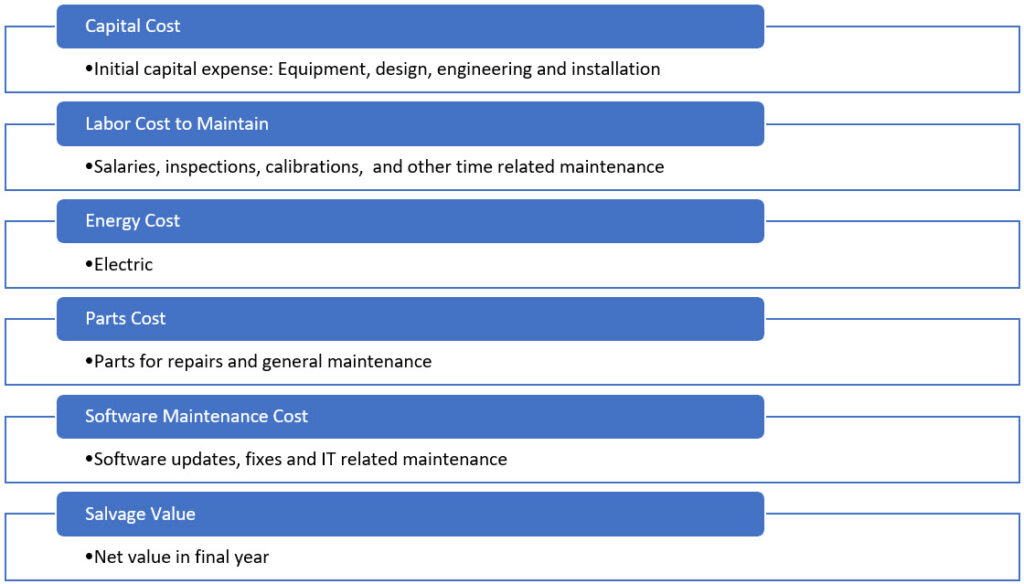Lifecycle cost management (or how much money you spend over the life) of the products, services, and technologies you are buying is the ultimate cost optimization strategy vs. just focusing on price and standardization of these same commodities. The classic definition of lifecycle cost is, “The sum of the purchase price plus the subsequent costs of ownership over the life of the product, service, or technology.” For instance, the lifecycle cost analysis of an IV pump with a 5-year life will incur the following costs of ownership components:

It has been our experience that the highest cost of ownership (as high as 80%) has been the utilization cost (or running cost) of the product, service, or technology under investigation. This is especially true if you are using more supplies than are medically necessary and/or more than your peers. Therefore, your product, service, or technology’s utilization cost should be your primary focus before, during, and after your purchase. For example, take a simple IV pump set’s utilization cost of ownership. If we take a set that costs $4.75 and its life on a patient can be up to 72 to 96 hours, that will give you 3 to 4 days of use or $1.58 to $1.19 per day. But, let’s say an issue arises. For example, the IV pumps are older and alarming more often during the day, or the nursing unit does not place the time and date label on the set tubing to denote the date. Either of these situations would cause the sets to be changed almost daily. This would mean that your IV set cost for that patient would go from $4.75 for 3 days (under expected and manufacturer recommended use), to $14.25 because you are changing this set daily. This is the hidden lifecycle cost that many times is ignored totally. If you are not tracking this, how could you ever imagine you would be over in lifecycle use cost by 200%?
In the new healthcare economy we live and work in, it is no longer good enough to control just a few elements (e.g., price and standardization) of a product, service, or technology’s lifecycle cost. It is now mission critical that we control all cost of ownership of the products, services, and technologies, especially utilization, we are buying. Otherwise, our supply chain job is only half done!
Below are some similar articles that you may find interesting.
